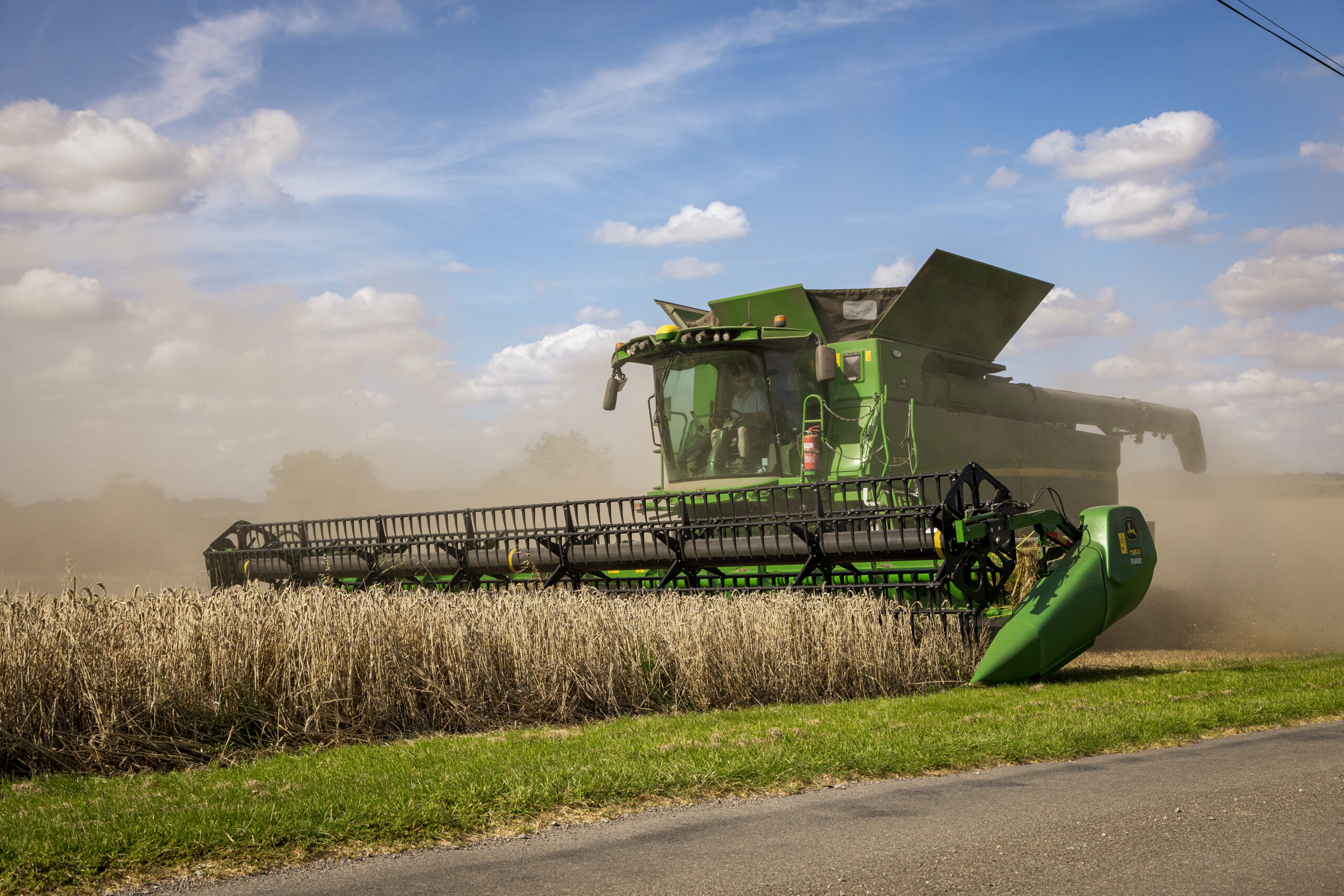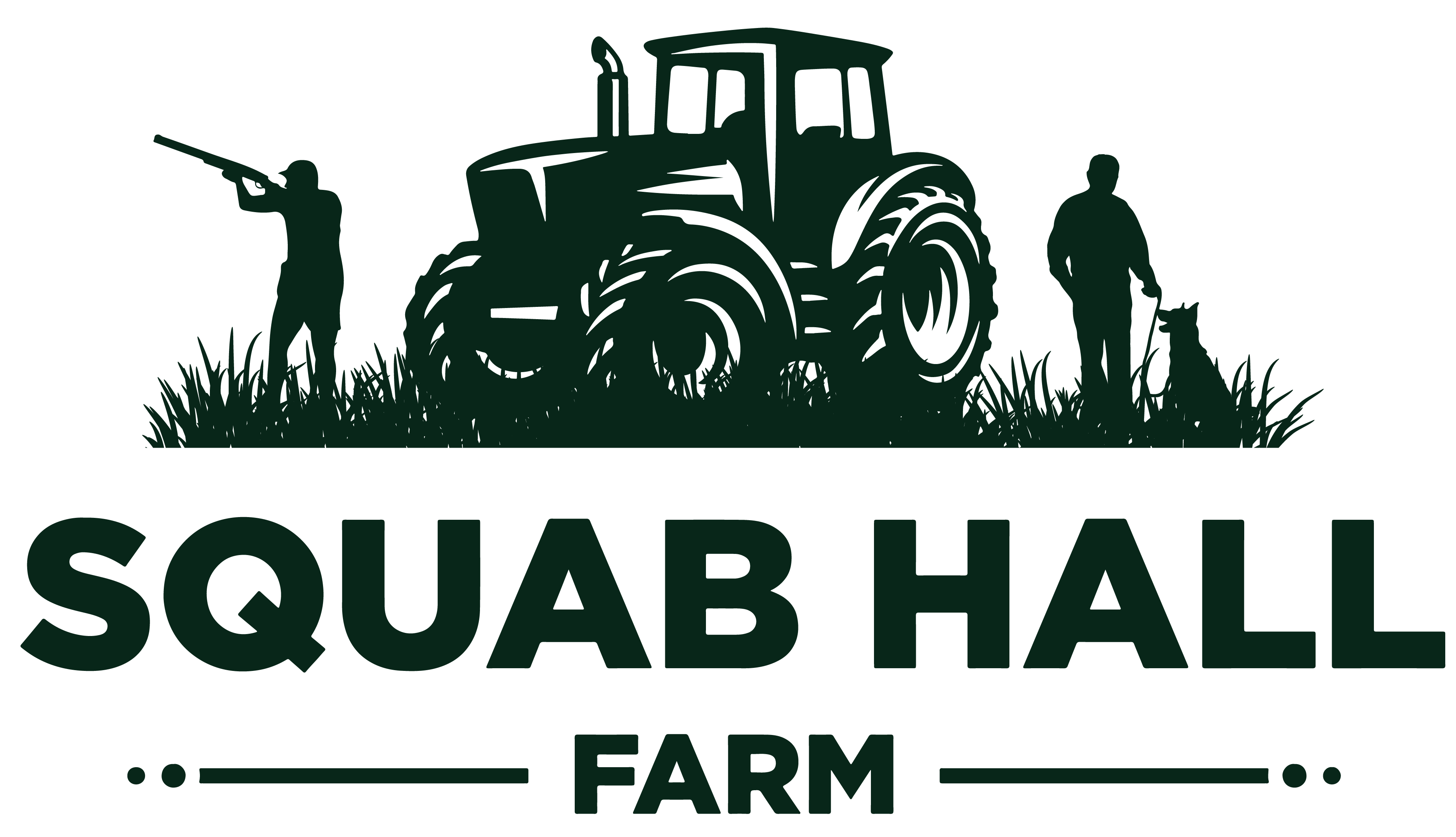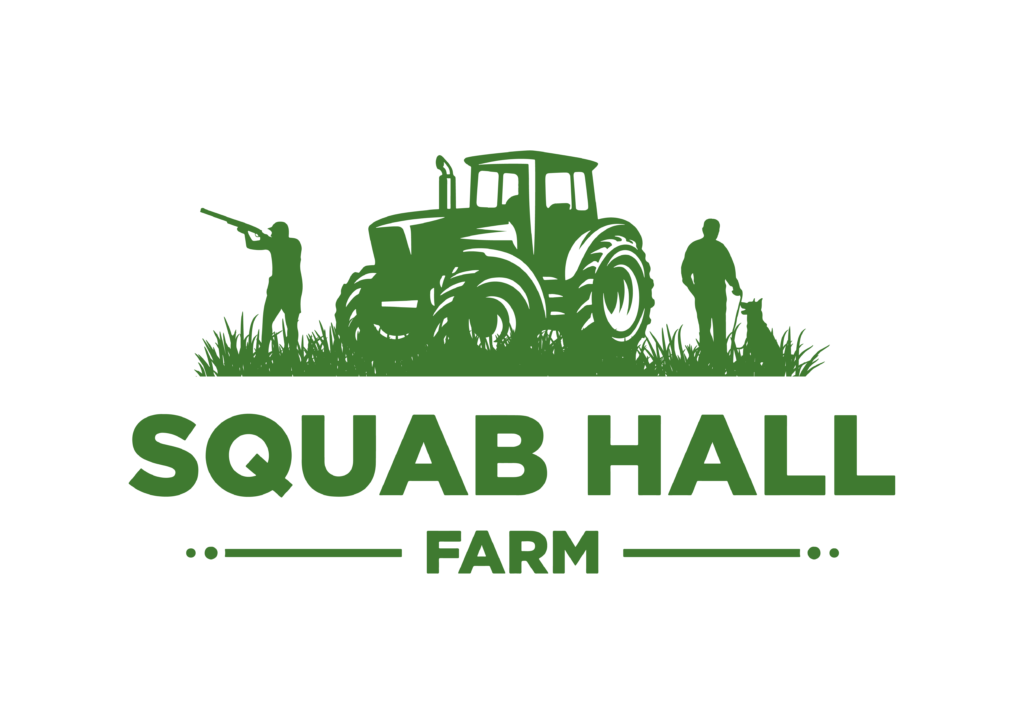
An opportunity to share the future of our agricultural community
Our farming operation, Squab Farming Limited situated at Squab Hall Farm on the Harbury Lane, is not just a venture; it’s a collaborative journey. Currently, we are a close-knit group of three members who have come together to share more than just machinery and labour costs. We’ve crafted a unique partnership that grants each member full control of their cropping, input purchasing, and grain sales. It’s a harmonious balance, where we farm our own land, safeguard our profits, and simultaneously revel in the remarkable advantages of reduced costs.
As things stand, our trio tends to a collective 890 hectares of land. However, an unforeseen change in circumstances has paved the way for a fresh opportunity. One of our valued members, is parting ways, selling their farm, and creating a vacancy for a new addition to the group. We are looking for farmers with any amount of land who would be interested in benefitting from the joint venture approach or may simply wish to discuss alternatives to their current farming methodology.
Enclosed within this communication is a concise overview of the mechanics that underpin our Joint Venture Farming Group and a comprehensive outline of how this collaboration functions in practice. We are eager to hear your thoughts on this unique opportunity. Your insights, experience, and passion for farming could be the missing piece that propels our group to greater heights.
If you are interested in delving deeper into the potential our Joint Venture holds, contact Martin Downes, Manager, Squab Farming Limited, at martin@squab.co.uk
Joint Venture Farming
In an ever-evolving agricultural landscape, farmers face a multitude of challenges. Rising costs of machinery, fuel, and labour, coupled with fluctuating market dynamics, have necessitated the exploration of innovative solutions to optimize agricultural operations and enhance profitability. One such innovative approach is Joint Venture Farming. This collaborative model enables farmers to join forces, pool their resources, and collectively reap the benefits of a successful partnership. In this comprehensive blog post, we’ll delve into the world of Joint Venture Farming, exploring its advantages, operational intricacies, and the potential it holds for enhancing agricultural efficiency and profitability.
Why Opt for a Joint Venture Farming Model?
Machinery costs, fuel expenditure, and labour charges are three areas where farmers have more control compared to other inputs. Recent years have witnessed significant inflation in machinery and labour costs particularly. In this context, Joint Venture Farming offers a viable solution to address these rising costs and drive farm profitability.
Leveraging Economies of Scale:
One of the primary advantages of engaging in Joint Venture Farming is the concept of economies of scale. Larger farming setups have consistently demonstrated their cost-effectiveness in managing machinery and labour. By amalgamating resources, farmers can tap into the benefits of having a full-time team solely dedicated to the farm. This synergy leads to improved timeliness, attention to detail, and, ultimately, higher yields and profits.
Maintaining Control Over Farm Operations:
Contrary to common misconceptions, Joint Venture Farming does not entail relinquishing control of your farming business. In a Joint Venture, farmers retain full control over their operations while sharing the associated costs of machinery and labour. This flexibility empowers farmers to decide the level of investment they wish to make in equipment, allowing for the sharing of running costs with other farms, ultimately enhancing the return on investment. Furthermore, Joint Ventures foster an open forum for the exchange of ideas and techniques, providing farmers with a platform to influence investment decisions regarding machinery and the overall direction of farming operations. It’s crucial to emphasize that Joint Venture Farming is distinct from traditional Contract Farming Agreements (CFA) or Farm Business Tenancies (FBT); it offers a more cost-effective and efficient approach to managing your farm.
Trimming Machinery Costs:
The efficient use of machinery is pivotal in modern farming. Joint Ventures enable farmers to benefit from the right machinery, which can cover a larger area while significantly reducing running costs. This translates to savings of approximately £40-£50 per hectare and the release of capital. Moreover, newer and more reliable machines contribute to reducing costly downtimes.
Mitigating Fuel Costs:
Economies of scale achieved within a Joint Venture result in higher work rates, leading to reduced fuel consumption per hectare. This operational efficiency translates to significant savings in fuel costs.
Accessing High-Value Modern Technology:
Modern farming relies heavily on advanced technology. In a Joint Venture, members gain access to expensive technology, including variable-rate seeding, variable-rate application of fertilizers (P and K), variable-rate nitrogen application, and auto-steer systems, all available through a single subscription. This shared access empowers farmers to boost yields and productivity without the need for substantial initial investments. The cost of precision farming is effectively distributed, allowing all members to enjoy its benefits without incurring substantial overhead expenses.
Streamlining Labour Costs:
Joint Ventures lead to reduced labour costs as labour is shared across a larger acreage. Additionally, members gain access to a full-time manager and arable operators without incurring the expenses of full-time wages. Furthermore, Joint Ventures provide access to highly qualified agronomists at a fraction of the normal cost, relieving farmers of the administrative burdens associated with employing labour, such as managing PAYE, holidays, pensions, and performance management. In addition, there’s no longer a need to worry about machinery maintenance, as it is carried out on members’ behalf.
How Does Joint Venture Farming Operate?
The operational aspects of Joint Venture Farming are crucial to its success:
1. Farm Manager Leadership: A designated farm manager oversees the operation, managing labour, and maintaining communication with each Joint Venture member.
2. Equitable Cost Sharing: Costs are shared equally across the total acreage, ensuring each member pays the same charge per hectare for labour, machinery, and agronomy. This also includes expenses related to machinery repairs and fuel.
3. Annual Cost Agreements: Costs are shared and agreed upon annually, with any necessary adjustments discussed throughout the year.
4. Contribution of Owned Machinery: Members who own machinery contribute it to the group and are effectively paid rent for its use.
5. Professional Machinery Management: The management, servicing, and maintenance of machinery are handled by a full-time operations manager.
6. Transparent Invoicing: Invoices, covering machinery, labour, repairs, agronomy, fuel, and any ad hoc charges, are issued quarterly. All members can access a detailed breakdown of costs, with any queries resolved through discussion before finalizing the invoice.
7. Independent Input Decisions: Individual members are expected to make their own input purchasing decisions and choose their preferred suppliers. They are also responsible for their selling decisions.
8. Grain Drying and Storage: Individual members are responsible for their grain drying and grain store management.
9. Exclusion of Loaders: Loaders are excluded from Joint Venture operations, and members are required to retain a loader on their own farm.
10. Harvest Logistics Simplification: Combining logistics at harvest are streamlined, as fuel for drying is shared on a land percentage basis, eliminating disputes over combine usage.
Frequently Asked Questions (FAQs):
1. Why Join a Joint Venture Farming Group? Members join Joint Ventures to retain control and influence over their farming operations while receiving support for day-to-day activities, freeing up time for diversification schemes or personal pursuits.
2. How Do Joint Ventures Differ From Other Arrangements? Joint Ventures are designed to benefit all parties involved by reducing operational costs and promoting efficient farming. Importantly, profits made from one’s own farm are not shared with other members.
3. What Happens If Circumstances Change? Joint Venture groups are composed of like-minded farmers with similar goals. In case of unforeseen changes or issues, solutions are sought through discussion. Many Joint Venture groups have been successfully operating for over a decade.
4. Managing Land Size Changes: Joint Venture groups aim to adjust the acreage on an annual basis. If necessary, changes can be implemented at the end of each quarter.
5. Time Commitment: Joint Venture members typically meet around four times a year for a few hours to discuss plans, machinery changes, and review the group’s progress. Members can choose their level of involvement in field operations, with extra help appreciated during harvest season.
Taking the Next Steps: Joining the Joint Venture
If you’re interested in exploring the benefits of Joint Venture Farming and becoming part of a successful agricultural collaboration, here are the next steps to consider:
Step 1: Meet the Farm Manager
Schedule a meeting with the farm manager to engage in a general discussion about the Joint Venture, how it operates, and review typical costs. This is also an opportunity for you to provide insights into your circumstances, your farm, and your preferred ways of doing things. You may find it beneficial to visit existing Joint Venture farms and invite the farm manager to tour your farm.
Step 2: Investment Discussion
In the second step, you will discuss the level of investment in machinery that you wish to contribute to the group. This process is flexible, allowing you to decide whether you want to contribute your machinery or explore options for purchasing new equipment. If you decide to contribute machinery you currently own, you may also consider selling some machinery to retain the proceeds or reinvest them.
Step 3: Practical Considerations
In this step, practical aspects such as timing, communication methods, existing commitments, and preparations for entering the group are discussed. It’s also an opportunity to review the Joint Venture agreement, which, although not legally binding, provides a framework for the group’s operations and demonstrates a shared commitment to making the Joint Venture a success.
Joint Venture Farming represents a modern, efficient, and cost-effective approach to farming that empowers farmers to overcome challenges, increase profitability, and gain access to valuable resources and expertise. By joining a Joint Venture, you can remain in control of your farming business while reaping the rewards of collaboration and shared resources. If you’re looking to enhance your farming operations and explore new horizons in agriculture, a successful Joint Venture could be the perfect solution for you.


